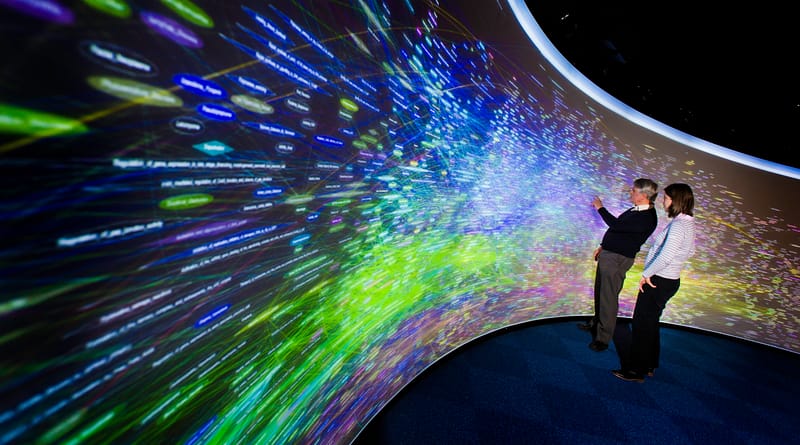What makes a city smart?
A city doesn’t become ‘smart’ overnight – it’s a continual process. There are many interpretations of a smart city.
- A smart city provides open data
- For a smart city to work it needs the involvement of stakeholders
- A smart city is connected
1. Open Data
Sharing data is essential for the city to be smart. Sharing data within the city but also sharing data between cities. It can benefit citizens, industry, services, retail, businesses, the public and private sectors. We’re not saying that all data should be released to everyone – smart city systems have the capability to integrate and make data available from all different areas as and when required.
Sharing data can result in better transport, reduction in pollution, healthier lives, energy saving and many other benefits.
2. Collaboration and Involvement of Stakeholders
Smart cities are there to benefit people. They show visible results for citizens and stakeholders. Some will be immediately obvious, others, in areas like healthcare and transport may take longer. Monitoring traffic and vehicles is one example of a component of a smart city. Sharing information like which car parks are full is an immediate result. Knowing exactly how much traffic is on which streets at any time opens opportunities for cities to give the information directly to the public.
Counting passengers on buses can benefit the bus companies by helping to reduce fraud. When integrated with bus location it can show how many people get on a bus at each stop.
The smart city data helps quantify the use of footpaths and cycle ways. It shows the use of roads, including commuter routes around schools and major routes through the city centre. Creating a city that uses technology to meet the complex needs of its people. Driving urban planning to make the city easier to navigate by foot or bicycle. Automatic, continual, collection of data enables analysis of change over time.
Asking people in organisations which projects are most important to them helps direct the direction of the growth of a smart city. Like any project – taking people along with you makes everything easier.
3. Understanding the Technology behind Smart City Connections
For a city to be smart it needs to be connected. It needs the digital infrastructure transmit the smart city data and make it available to interested parties. For example, sensors and devices around the city might collect data and upload it wirelessly to “brokers”. The brokers process this data and then make the information available to everyone who needs it, in the format they need it in. A scaleable platform which grows as needed.
There are many communication networks and protocols which cities can use – Ethernet, Wi-Fi, 4g, LoRa Wide Area Network (WAN) for IoT, SigFox, MQTT and so on.
Find out More
To find out more about Smart City systems call us on +44 (0)161 839 6437 or see Smart City Solutions.
